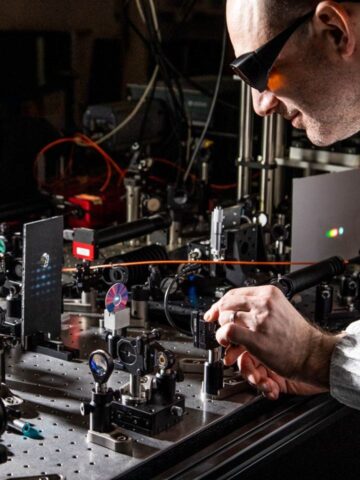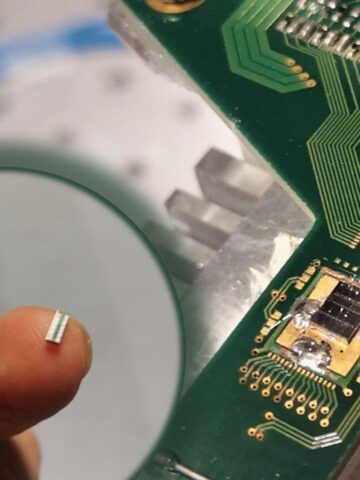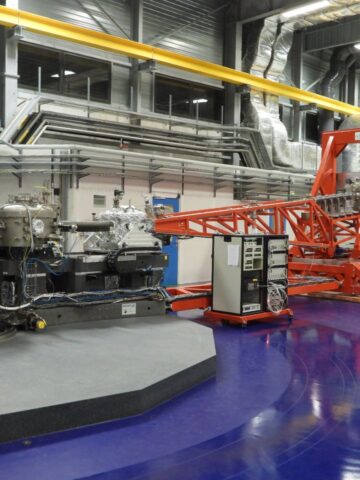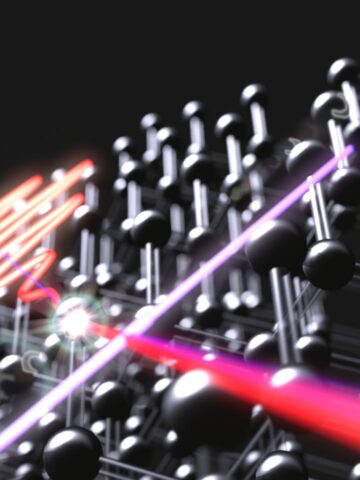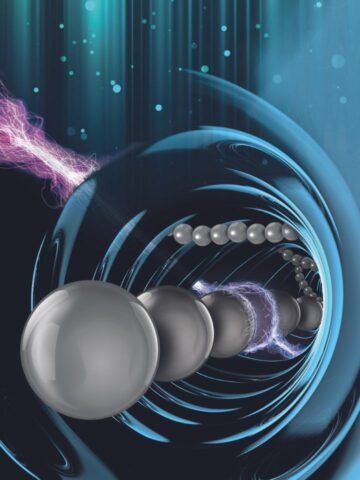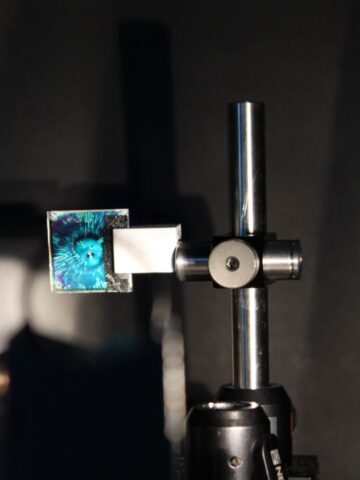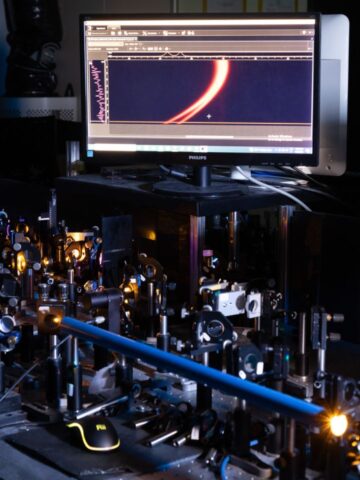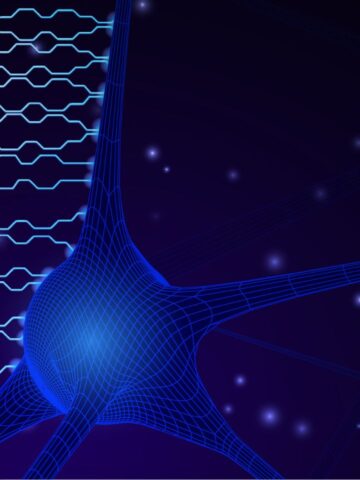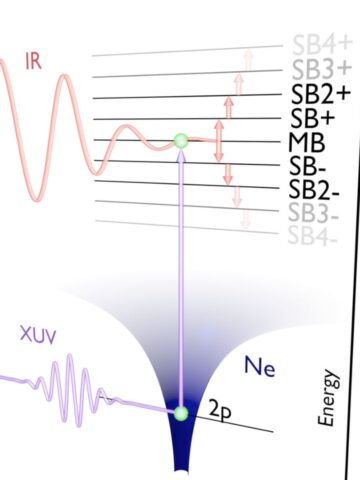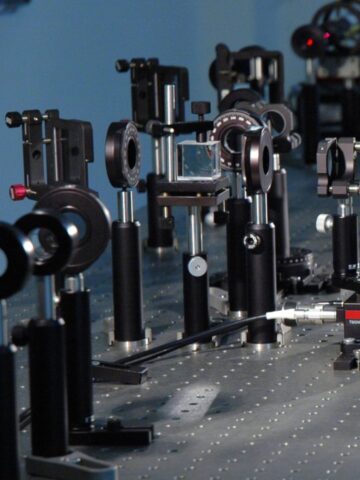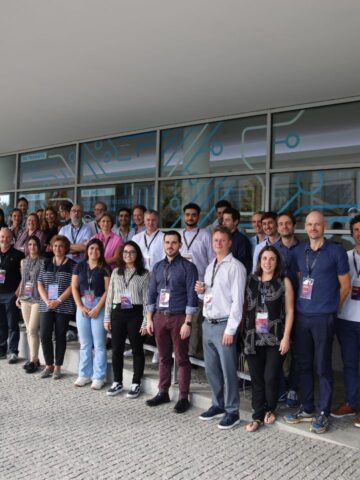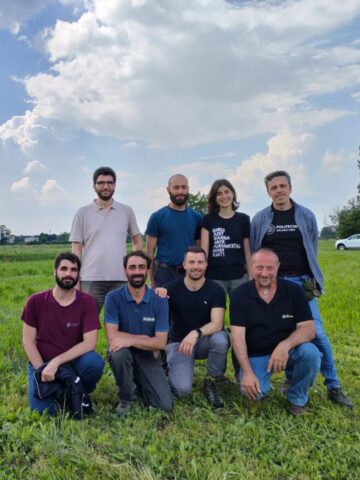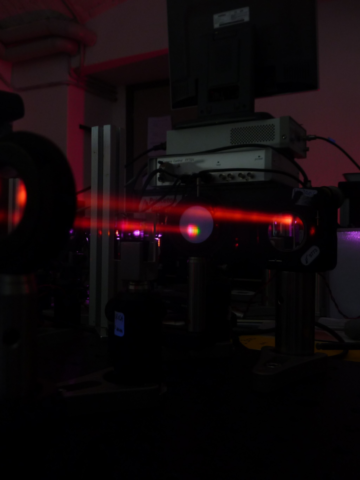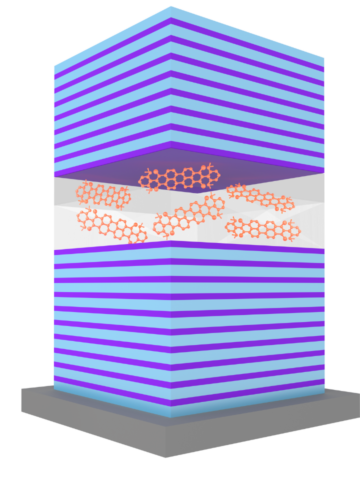A group of researchers of the Department of Physics at the Politecnico di Milano, the National Research Council (CNR) and the University of Vienna, have developed a device, called a quantum memristor, which could combine artificial intelligence and quantum computing.
This is an advance that can open up as yet unseen potential, allowing to employ the very high computational power guaranteed by quantum technologies in the fields of application of artificial intelligence, which already range from automatic speech interpretation to face recognition, from medical diagnostics to autonomous driving.
Artificial intelligence algorithms are based on mathematical models called neural networks, inspired by the biological structure of the human brain, which is made up of interconnected nodes (neurons). One of the fundamental components of neural networks is the memristor (or memory-resistor), a component that changes its electrical resistance based on a memory of the current that passed through it, in a way that is surprisingly similar to that of neural synapses, i.e. the connections between neurons in the brain.
The group of experimental physicists led by Roberto Osellame (CNR) has shown that it is possible to engineer an optical device with the same functional characteristics as the memristor, capable of operating on quantum states of light and thus encoding and transmitting quantum information: a quantum memristor.
We also simulated an entire optical network made up of quantum memristors, showing that it could be used to learn both classical and quantum tasks.
Andrea Crespi, professor of Experimental Physics at the Politecnico di Milano
This result seems to suggest that the quantum memristor may be the missing link between artificial intelligence and quantum computing, unleashing the potential of quantum resources within artificial intelligence applications.
The study received the cover of the April issue of Nature Photonics magazine.
© photo: Equinox Graphics

